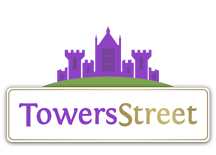What irks me most is that 4-abreast rides often running at 80% occupancy. Air, Nemesis, Inferno spring to mind - always plenty of empty seats because the batch loading is so bad (due to lack of staff). Compare to e.g. Saw where almost 100% due to staff and SRQ. So it CAN be done!
Every empty seat adds to a queue. It's not a new problem, and batching helps for some rides. But really it requires the theme parks to be interested in solving it...
Every empty seat adds to a queue. It's not a new problem, and batching helps for some rides. But really it requires the theme parks to be interested in solving it...

